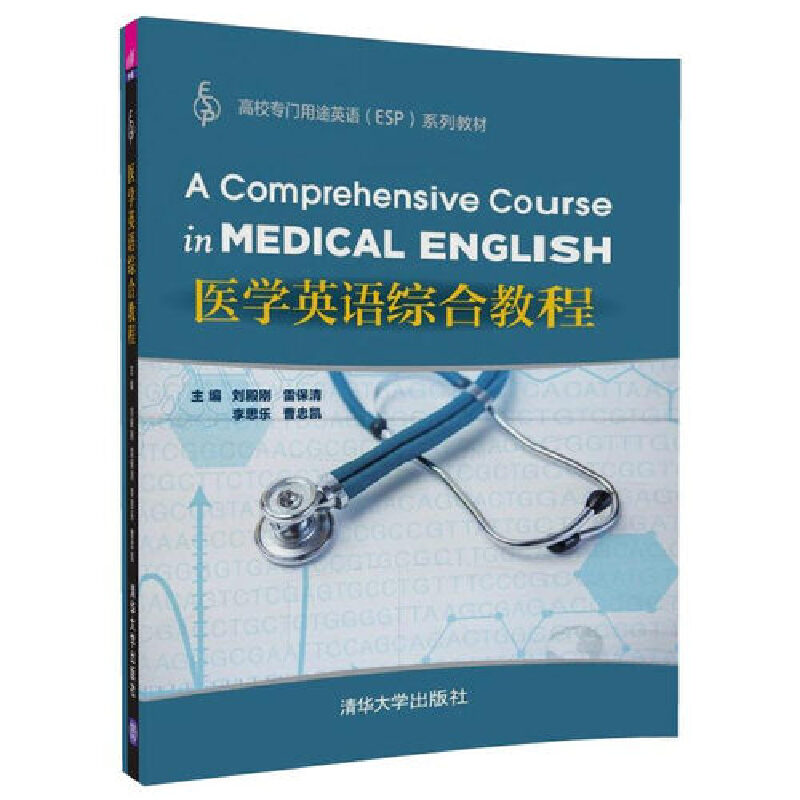构式语法教程——构式语法及其在英语中的应用(影印本) / 西方语言学教材名著系列
定价:¥42.00
作者: Martin Hilpert著
译者:张国华 译;
出版时间:2016年10月
出版社:北京大学出版社
- 北京大学出版社
- 9787301276068
- 1版
- 84941
- 0040189075-1
- 平装
- 16流
- 2016年10月
- 292
- 252
- H319.35
- 汉语
- 研究生
内容简介
本书是语言学家马丁·希伯特为英语专业大学生编写的一本介绍构式语法理论的入门教材,以英语为例,讲授构式语法的基本概念,论元结构构式,构式库的基本结构,构式语法在形态学、语用、语言习得、语言处理等方面的应用等内容。由于教学对象是大学新生,作者的写作笔调轻松诙谐,引人入胜,是一本优秀的构式语法教材。.........................................................................
目录
ContentsList of tables and figures ixAcknowledgements xTo readers: Why you shouldn't pick up, let alone read, this book xi1 Introducing Construction Grammar 11.1 What do you know when you know a language? 11.1.1 Idiomatic expressions permeate ordinarylanguage 31.1.2 Idiomatic expressions are more than fixed strings 51.1.3 Idiomatic expressions are productive 71.1.4 The growth of the appendix 71.2 What is a construction? 81.2.1 Defining constructions: a first try 91.2.2 Defining constructions: beyondnon-predictability 121.3 Identifying constructions 141.3.1 Does the expression deviate from canonicalpatterns? 141.3.2 Does the expression carry non-compositionalmeaning? 161.3.3 Does the expression have idiosyncraticconstraints? 181.3.4 Does the expression have collocationalpreferences? 201.4 Summing up 221.5 Outline of the following chapters 23Study questions 23Further reading 242 Argument structure constructions 252.1 Analysing ‘simple sentences’ 252.2 Argument structure 262.3 Valency-increasing constructions 312.3.1 The DITRANSITIVE construction 312.3.2 The CAUSED MOTION construction 352.3.3 The WAY construction 362.4 Valency-decreasing constructions 392.4.1 The PASSIVE 392.4.2 The IMPERATIVE construction 422.4.3 NULL INSTANTIATION 442.5 Relations between argument structure constructions 452.6 Summing up 47Study questions 49Further reading 493 Inside the construct-i-con 503.1 Meaningless constructions? 503.2 The construct-i-con: a network of interlinkedconstructions 573.2.1 Inheritance 573.2.2 Kinds of inheritance links 603.2.3 Complete inheritance vs. redundantrepresentations 653.3 ‘Normal syntax’ in Construction Grammar 673.4 Summing up 71Study questions 72Further reading 734 Constructional morphology 744.1 More than a theory of syntax 744.1.1 one wug, two wugs 744.1.2 skypable 754.1.3 shpants 774.1.4 a what-the-heck-is-wrong-with-you look 794.2 Morphological constructions and their properties 804.2.1 Morphological productivity 814.2.2 Paradigmatic organisation 834.2.3 Non-compositional meanings 854.2.4 Simultaneous affixation 864.3 Constructional solutions to morphological puzzles 884.3.1 Affix ordering 884.3.2 Compounding 934.4 Summing up 97Study questions 99Further reading 1005 Information packaging constructions 1015.1 The pragmatic side of Construction Grammar 1015.1.1 Information packaging: the basics 1045.1.2 Presupposition and assertion 1055.1.3 Activation 1075.1.4 Topic and focus 1095.2 Information packaging and grammar 1115.2.1 Cleft constructions 1125.2.2 Dislocation and related constructions 1175.3 Island constraints 1235.4 Summing up 126Study questions 128Further reading 1286 Constructions and language processing 1306.1 The quest for behavioural evidence 1306.2 Evidence from language comprehension 1326.2.1 Constructions explain how hearers understandnovel denominal verbs 1326.2.2 Constructional meanings are routinely accessedin sentence comprehension 1346.2.3 Constructions explain knowledge of grammaticalunacceptability 1376.2.4 Constructions explain incidental verbatimmemory 1426.3 Evidence from language production 1446.3.1 Constructions explain reduction effects inspeech 1446.3.2 Constructions explain syntactic priming, andexceptions to syntactic priming 1456.3.3 Constructions explain how speakers completesentences 1486.4 Summing up 151Study questions 154Further reading 1547 Constructions and language acquisition 1557.1 Construction Grammar for kids 1557.1.1 Item-based learning 1567.1.2 The sociocognitive foundation of languagelearning 1587.2 Evidence for the item-based nature of language learning 1637.3 From item-based schemas to constructions 1697.4 The acquisition of complex sentences 1727.5 Summing up 176Study questions 178Further reading 1788 Language variation and change 1798.1 Language myths 1798.2 Constructional variation 1818.2.1 There’s more than one way to do it 1818.2.2 Variation in syntactic constructions: the exampleof relative clauses 1838.2.3 Analysing variation between constructions 1858.3 Constructional variation across groups of speakers 1918.4 Constructional change: variation across time 1948.5 Summing up 199Study questions 200Further reading 2019 Concluding remarks 202References 205Index 217











